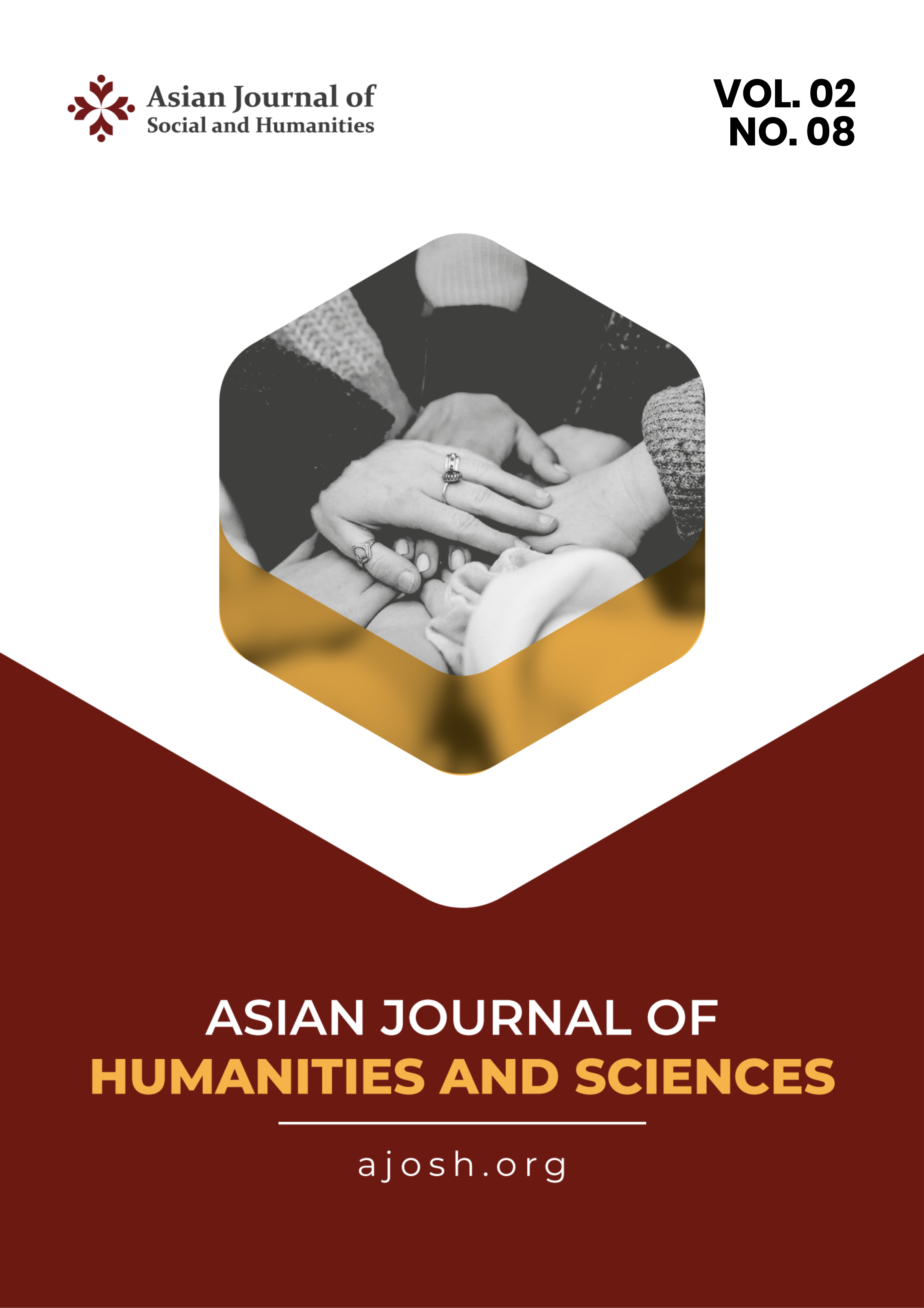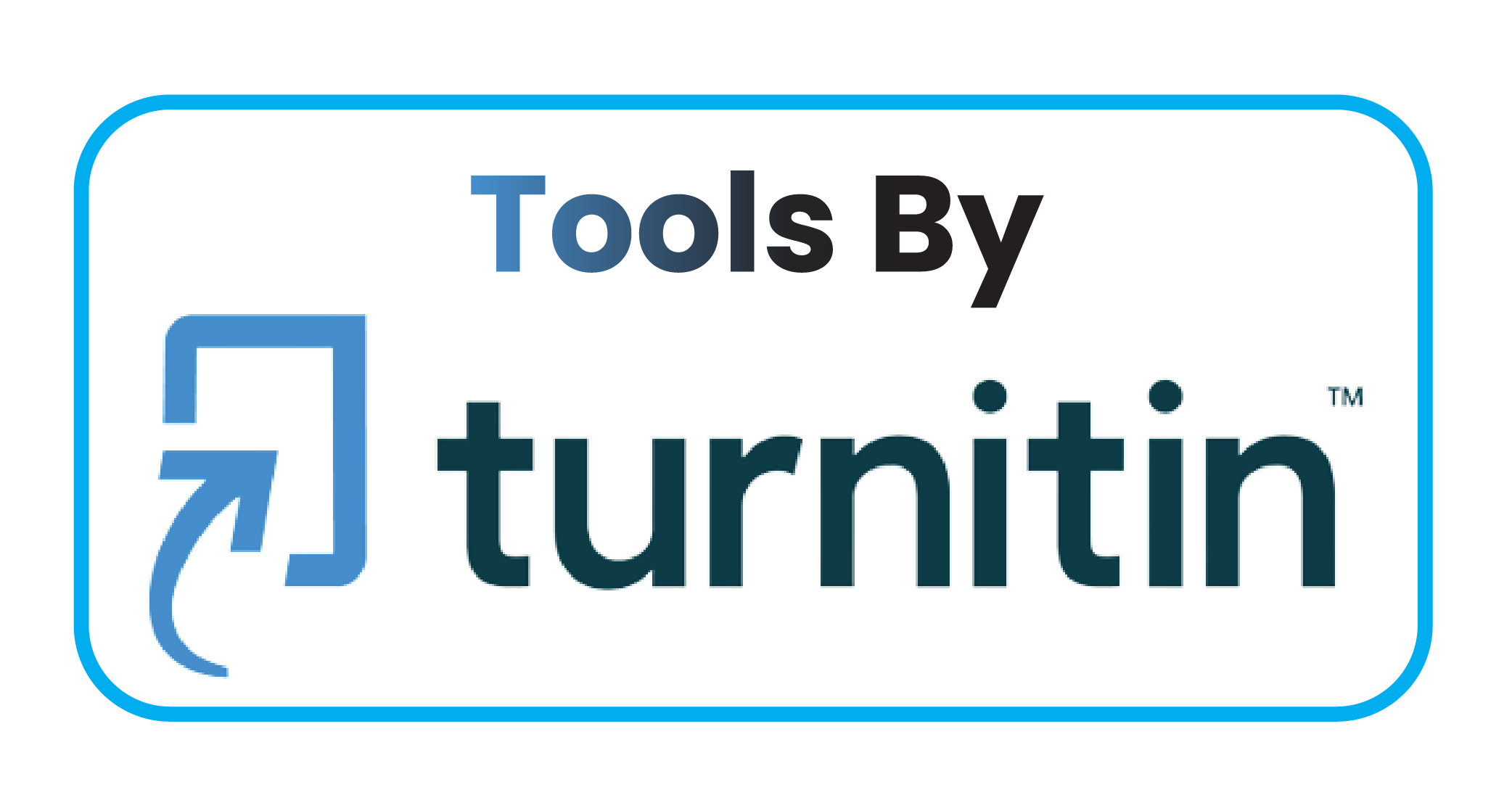Functional Outcome After Open Reduction and Internal Fixation in Intraarticular Distal Humerus Fracture: A Case Report
DOI:
https://doi.org/10.59888/ajosh.v2i8.302Keywords:
reduction;, and internal fixation;, distal humerus fracturesAbstract
The purpose of this study is to find out functional outcome after open reduction and internal fixation in intraarticular distal humerus fracture. The method used is the case report method. The purpose of this method is to present in-depth information about a particular case, including symptoms, diagnosis, treatment, and results. A 51-years-old male patient presented to the emergency department after injuring his right elbow following motorcycle accident. He had suffered pain, swelling and bruise on his right elbow without neurovascular injury or external wound. Anteroposterior and lateral x rays and 3D CT scan of the right elbow joint showed simple articular and comminuted metaphyseal classified as type 13-C2. The normal range of flexion-extension of the elbow is 0°–145°. The functional range of motion required for daily activities is 30°–130° of flexion-extension and 50° of supination to 50° of pronation. Distal humerus fracture management requires a carefully planned approach. Surgical management by internal fixation is the treatment of choice for these fractures considered for a satisfactory function.
Published
Issue
Section
License
Copyright (c) 2024 Antonius H Pakpahan, Rashida S Djatnika

This work is licensed under a Creative Commons Attribution-ShareAlike 4.0 International License.
Authors who publish with this journal agree to the following terms:
- Authors retain copyright and grant the journal right of first publication with the work simultaneously licensed under a Creative Commons Attribution-ShareAlike 4.0 International. that allows others to share the work with an acknowledgement of the work's authorship and initial publication in this journal.
- Authors are able to enter into separate, additional contractual arrangements for the non-exclusive distribution of the journal's published version of the work (e.g., post it to an institutional repository or publish it in a book), with an acknowledgement of its initial publication in this journal.
- Authors are permitted and encouraged to post their work online (e.g., in institutional repositories or on their website) prior to and during the submission process, as it can lead to productive exchanges, as well as earlier and greater citation of published work.










